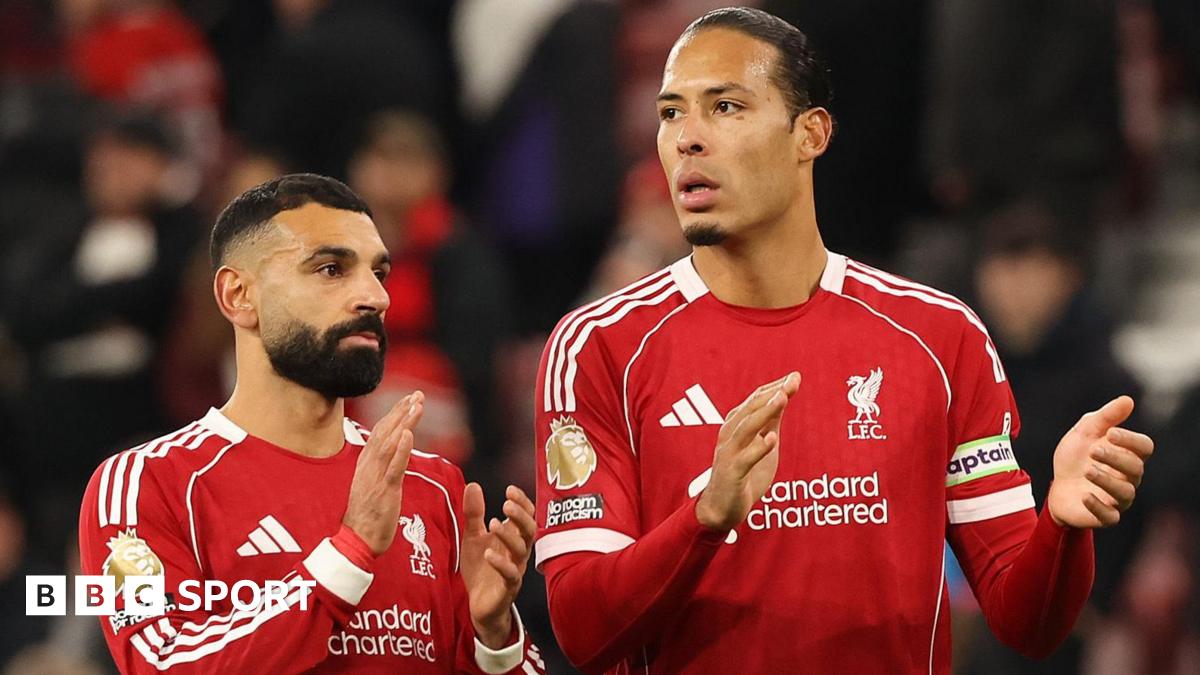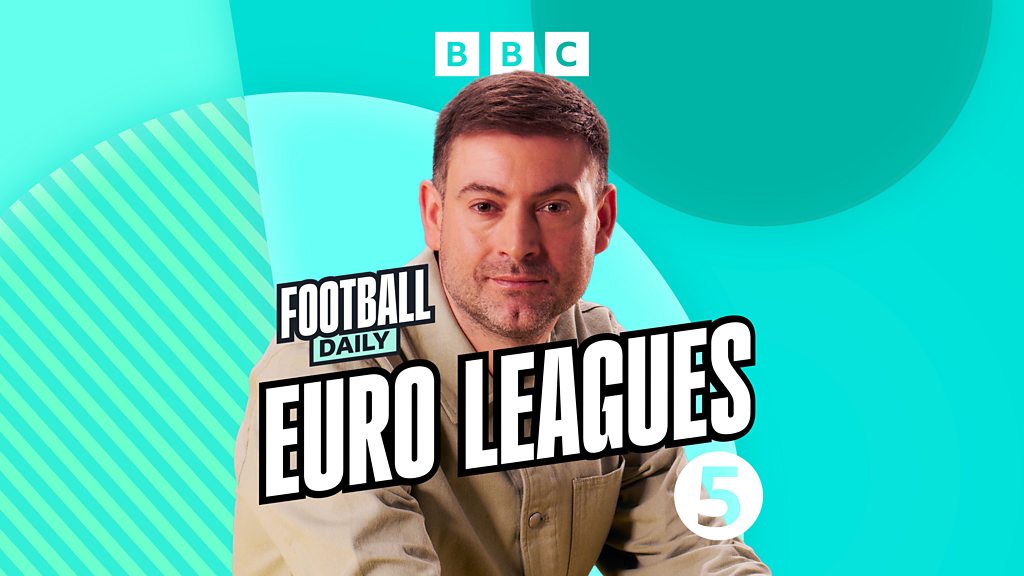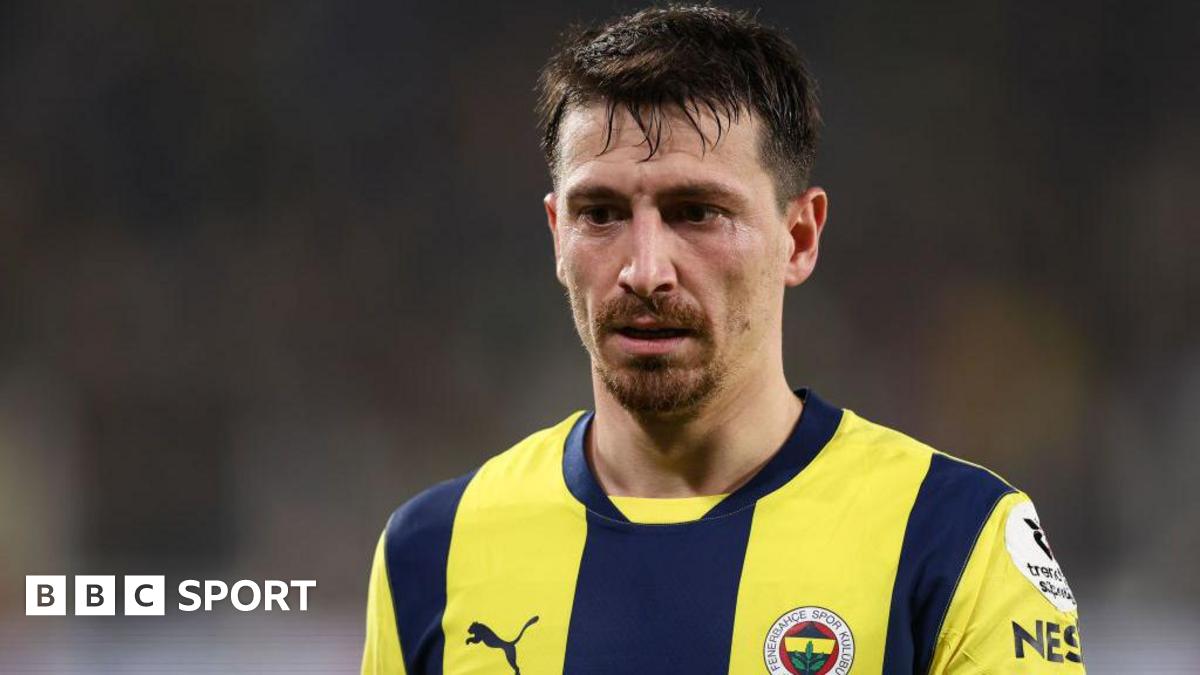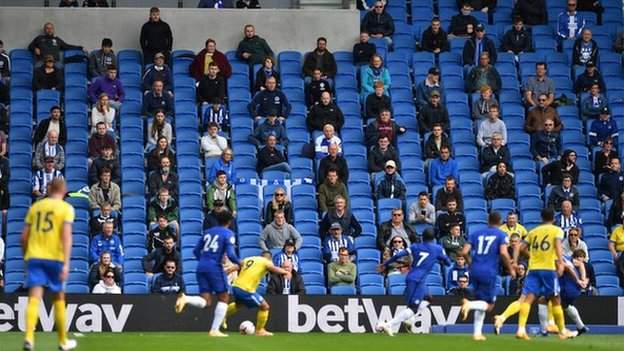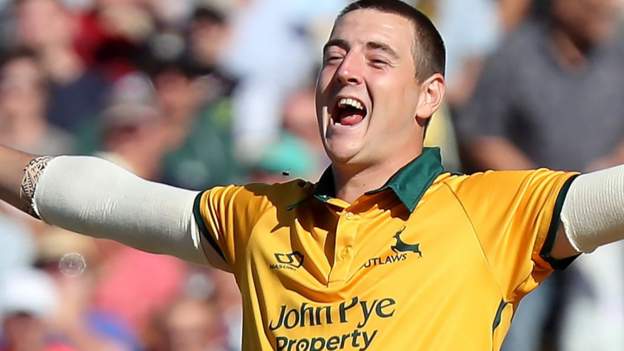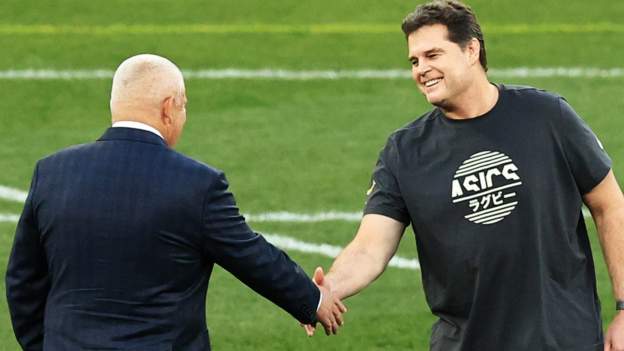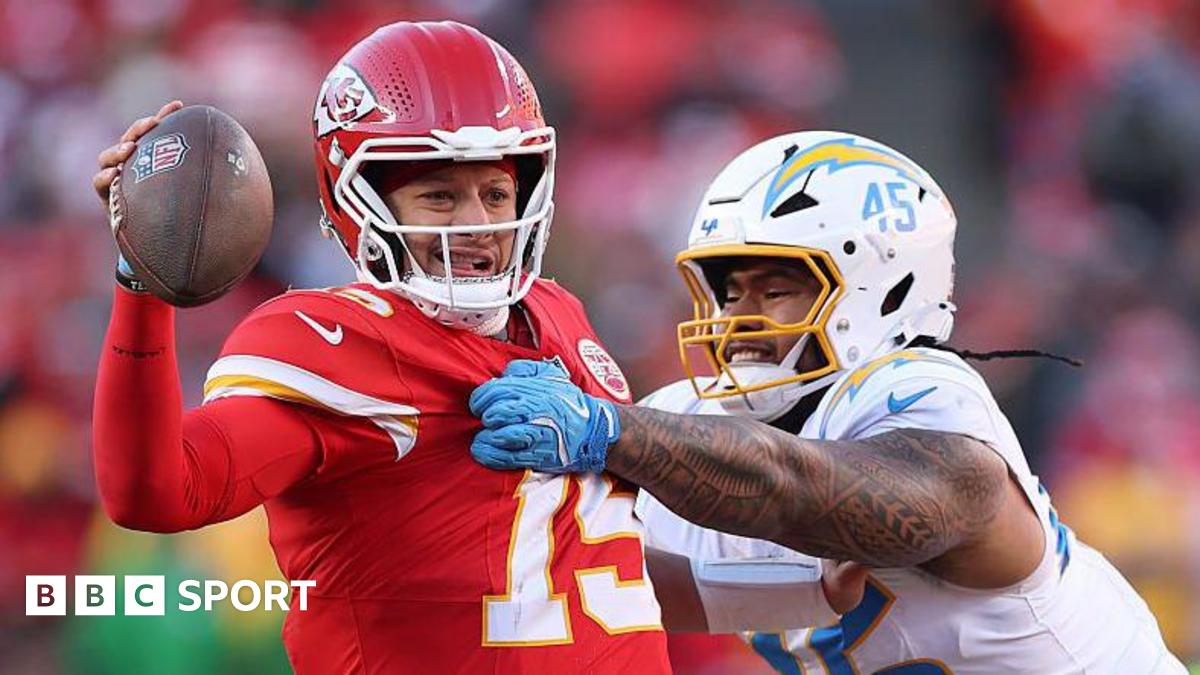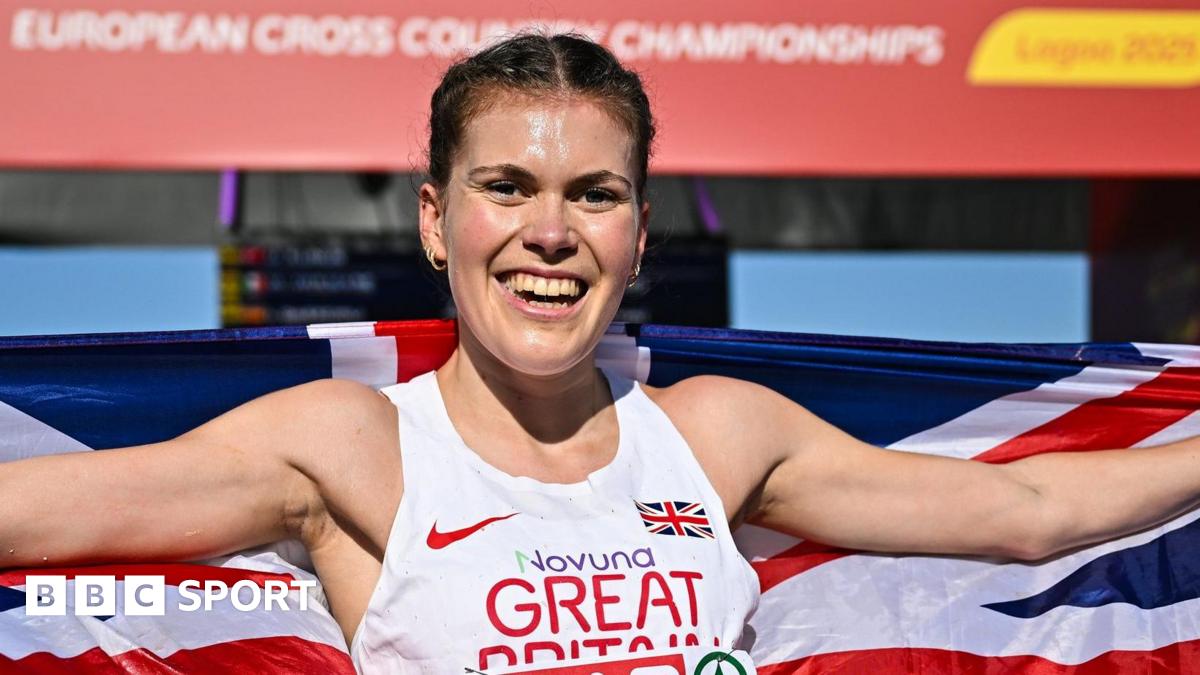A maximum of 4,000 fans will be allowed at outdoor events in the lowest-risk areas when the four-week lockdown in England ends on 2 December.
Up to 2,000 people will be allowed in tier two areas but none in tier three.
Indoor venues in tiers one and two can have a maximum of a 1,000 spectators, with capacity across indoor and outdoor venues limited to 50%.
Organised grassroots sport will be able to resume, while gyms and leisure centres can reopen across all tiers.
Elite sport has continued behind closed doors during the national lockdown, but grassroots and amateur sport has been halted since 5 November.
UK Prime Minister Boris Johnson made the announcement outlining the government’s new measures and Covid-19 restrictions in England on Monday via video link to the House of Commons.
MPs will vote on the plans later this week.
“In tiers one and two, spectator sports and business events will be free to resume inside and outside with capacity limits and social distancing,” said Johnson.
“Later this week, we will announce which areas will fall into which tier – I hope on Thursday – based on analysis of cases in all age groups, especially the over-60s.
“Also, [it will involve] looking at the rate at which cases are rising or falling, the percentage of those tested in a local population who have Covid and current and projected pressures on the NHS.”
Culture Secretary Oliver Dowden said: “This is a big step forward for sport.
“Bringing grassroots sport back was my number one priority, so I’m pleased we are reopening sports and gyms in every tier, in recognition of the significant health benefits.
“I’m also delighted we are able to get the turnstiles turning sooner than expected, taking a cautious approach and starting with the lowest-risk areas first.
“I’m confident that sports will take every step to ensure their fans are safe and fans will play their part and look out for each other until we can safely get everyone back in.”
‘We have missed our fans’
Football across England’s top four divisions has been played behind closed doors since its return in June following the first coronavirus lockdown.
“It is a start point. Even if it is limited numbers it brings that feel and that connection back,” said Burnley manager Sean Dyche before his side’s home Premier League match against Crystal Palace.
“Hopefully it will build quickly after that. We have missed our fans.”
The English Football League (EFL) is looking at the possibility of shifting some of next week’s fixtures to take advantage of the plan.
The EFL has a full schedule of matches in the Championship, League One and League Two across 1 and 2 December.
No decisions have yet been taken but any club in a tier one or two area that requested a move from Tuesday to Wednesday is likely to receive a favourable response if there is no conflict with broadcasting requirements.
“Fans have always felt football should be treated the same as other sectors,” said a Football Supporters’ Association statement.
“We welcome today’s announcement, which does suggest that will be the case, and we look forward to seeing further details.
“For many lower-league and non-league clubs in particular, getting paying fans into stadiums safely is absolutely critical to their survival during a very difficult season.
“Clubs, leagues and the Sports Ground Safety Authority have worked hard to put in procedures to make stadiums safe places and we hope this is the first step on the road back to normality.”
Grassroots sports can take place in all areas but the Department for Digital, Culture, Media and Sport (DCMS) said there will be “some restrictions on highest-risk activity in tier three areas”.
Its statement added: “Spectators at non-elite sports will be able to attend events in line with Covid-secure guidance for each tier.”
Indoor sports can resume but, because of “the higher transmission risk of coronavirus in an indoor setting”, the DCMS said there will be restrictions on “some activities” depending on the “alert level” of the local area.
The DCMS rules for indoor sports
- In tier one areas, indoor sports can take place within the rule of six. For example, people from different households could play three v three volleyball, or four people from different households could play doubles tennis or badminton.
- Group activities such as training sessions and exercise classes can take place in larger numbers, provided that people are in separate groups (up to six people) that do not mix.
- In tier two areas, indoor sport can take place within households and people can take part in group activity, like exercise classes, as long as there is no mixing between households.
- People can play certain sports which do not involve close proximity or physical contact against one person from another household, such as a singles tennis match.
- In tier three areas, indoor sport will be restricted to within your household only and there should be no group activity such as exercise classes.
What has the reaction been?
Sport England chief executive Tim Hollingsworth said: “Huge credit is due to the many organisations and individuals who have worked so hard to evidence how safe their activities and facilities are and to set out so clearly what they are doing to reduce risk.
“From the prime minister down, there is now a strong recognition of the vital benefits of playing sport and being active, not just for your physical wellbeing but also, crucially, as a support for your mental health.
“As we head into the winter months having a range of safe opportunities available like this is more important than ever.”
A joint statement from some of horse racing’s leading bodies said that, while it had been operating behind closed doors since 1 June, test events had shown “no evidence of transmission” of Covid-19.
“We know the numbers are limited to begin with and not all venues will be allowed to admit spectators, but this is progress,” said British Horseracing Authority chief executive Nick Rust.
“I am confident that all our racegoers will follow the government’s public health guidelines when they return to racing and this will allow us to increase the numbers attending.”




